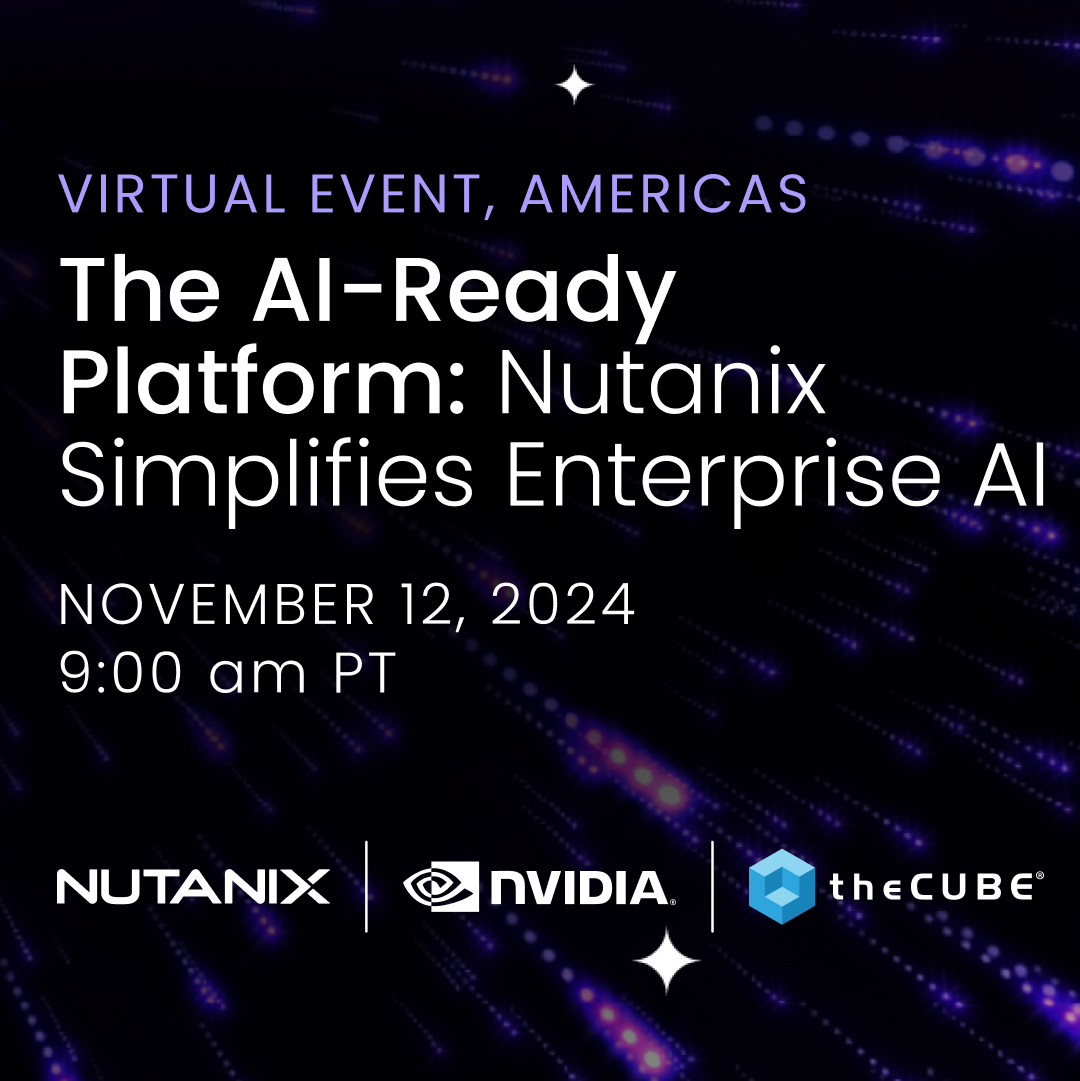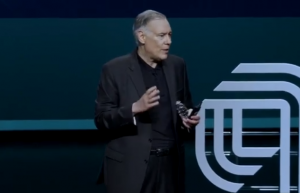Flash storage to be cheaper than disk by 2016, Wikibon predicts
![]() The price of flash storage has already dropped below that of high-speed disk while providing order-of-magnitude higher performance, and it’s on a trajectory to become a lower cost media than disk for almost all storage in 2016, writes Wikibon CTO David Floyer in a just-published report entitled “Evolution of All-Flash Array Architectures.”
The price of flash storage has already dropped below that of high-speed disk while providing order-of-magnitude higher performance, and it’s on a trajectory to become a lower cost media than disk for almost all storage in 2016, writes Wikibon CTO David Floyer in a just-published report entitled “Evolution of All-Flash Array Architectures.”
The combination of continuing declines in the cost of raw flash, new flash array architectures that allow data sharing across many applications without performance impacts and new data center deployment models have triggered a major shift in the market away from high-speed disk to all-flash arrays, Floyer writes.
Flash also brings savings in data enter floor space – one all-flash array can replace multiple spinning-disk boxes – and in power and cooling. It provides much greater operational dependability, eliminating the unpredictable catastrophic failures characteristic of spinning disk arrays. Instead flash systems fail little-by-little, at predictable, and therefore manageable rates. And it eliminates the last electro-mechanical machinery in the IT architecture.
Because its superior I/O availability and performance allows better data sharing across the enterprise from a single database, flash also eliminates the need for the dozen or so database clones that typify spinning disk-based storage systems.
Improved data-sharing capacity can have bigger organizational benefits as well, Floyer writes. CIOs can reorganize IT infrastructure management, slim down staffing, automate and orchestrate deployment and move rapidly towards a shared data philosophy for almost all enterprise data. “CXOs and senior enterprise business leaders will need to restore their faith that IT will improve its recent dismal record of delivering on complex deployments,” he observes.
Software can also be rewritten and simplified to take advantage of flash. Current applications depend upon complex workarounds to handle the growing gap between computing power and spinning disks, which have essentially not gotten any faster in more than a decade. The move to flash can reduce that complexity.
And that’s good for IT, Floyer writes. The disappointment felt by business leaders in the failure of IT to meet its potential to decrease business costs can be place squarely in this complexity, caused almost exclusively by the failure of mechanical persistent storage to keep up with compute and network technologies,” he asserts.
The full report is available on the Wikibon Web site. Interested IT professionals are invited to register for free membership in the Wikibon community, which allows them to participate in Wikibon research, comment on Wikibon Professional Alerts and post questions, tips, and original research.
photo credit: ViaMoi via photopin cc
A message from John Furrier, co-founder of SiliconANGLE:
Your vote of support is important to us and it helps us keep the content FREE.
One click below supports our mission to provide free, deep, and relevant content.
Join our community on YouTube
Join the community that includes more than 15,000 #CubeAlumni experts, including Amazon.com CEO Andy Jassy, Dell Technologies founder and CEO Michael Dell, Intel CEO Pat Gelsinger, and many more luminaries and experts.
THANK YOU















